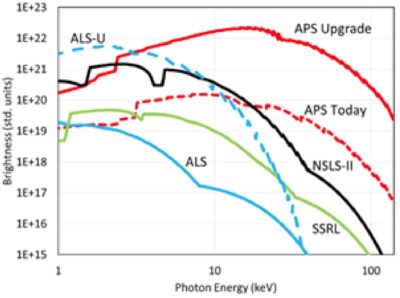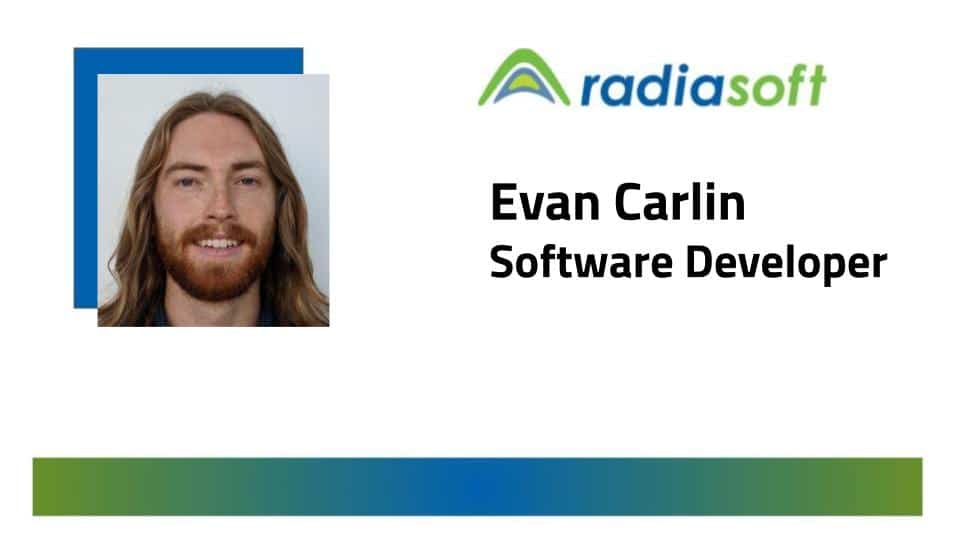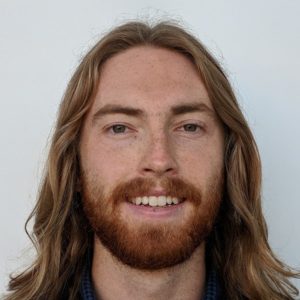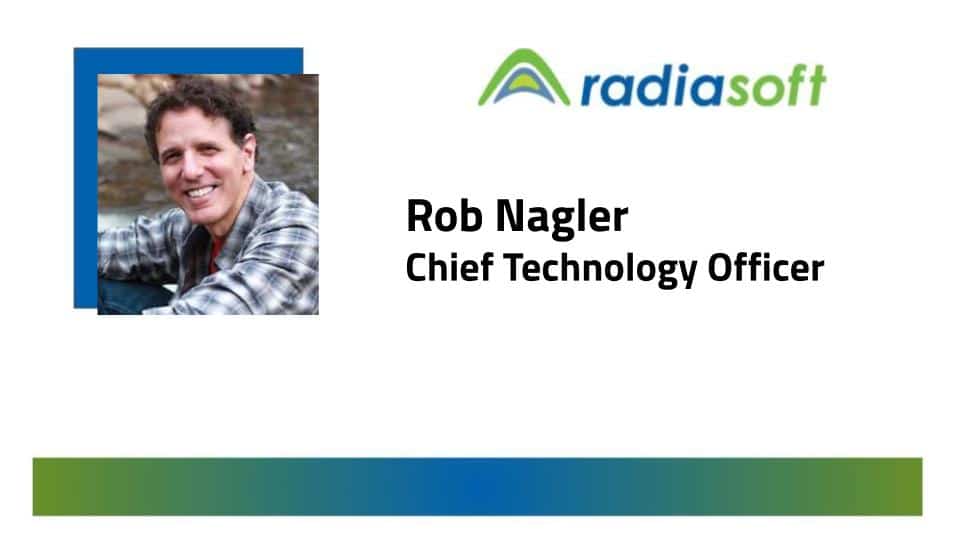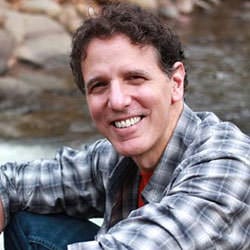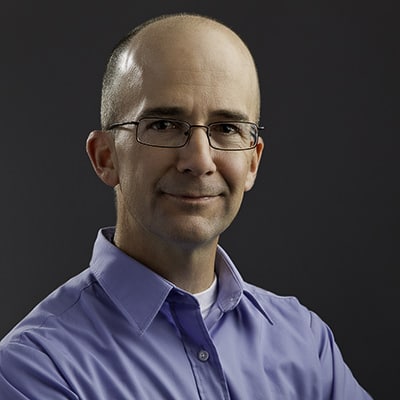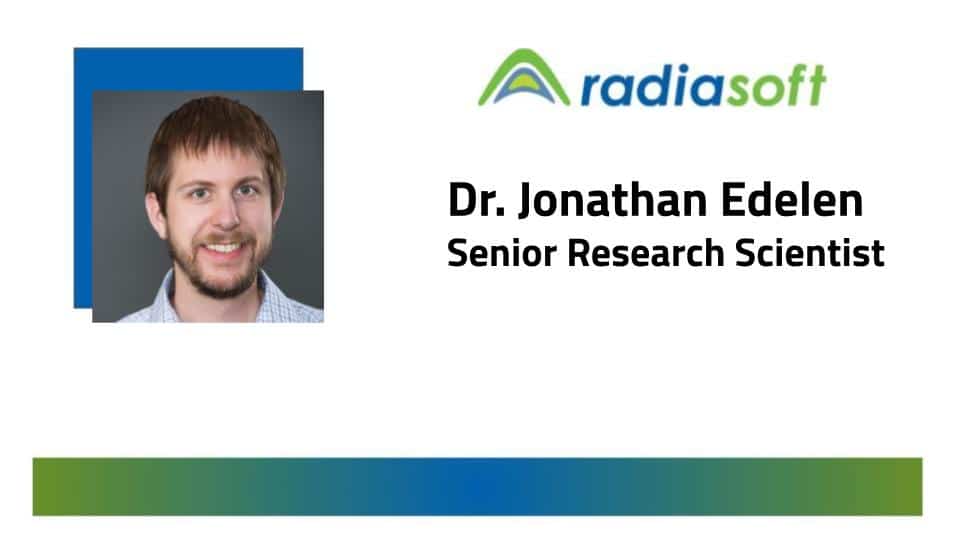
Meet Your Senior Research Scientist: Dr. Jonathan Edelen
Meet Your Senior Research Scientist: Dr. Jonathan Edelen
Meet the RadiaSoft team in this ongoing Q&A series, where we introduce you to our stellar employees. Learn about their work, their background, and some of the things that make them who they are. Today, Jon Edelen, talks about his multi-faceted job at Radiasoft, a few of the interesting projects he’s worked on, and some things he wishes he more people knew about accelerators.
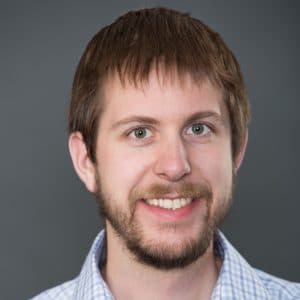
What do you do at RadiaSoft?
All sorts of things. I work on everything from helping to manage the company to supporting experimental efforts at national labs and at our sister company RadiaBeam. On the technical side, I work on RF controls systems, signal processing, and machine learning for accelerator diagnostics and controls. With the latter, I focus on anomaly detection, which is what we call trying to find faulty behavior in the instrument. I also model particle accelerators and have a particular interest in electron sources, including thermionic cathode physics.
What’s your educational and career background?
I graduated from Rensselaer Polytechnic Institute in 2009 with a Bachelor’s degree in Electrical Engineering. I did two years of magnetic signatures modeling for submarines before heading to graduate school at Colorado State University. I worked on design and optimization of the CSU Free Electron Laser (FEL) and on the physics of electron back-bombardment in thermionic cathode RF guns. After graduate school I was selected for the Bardeen Fellowship at Fermilab, which got me into the RF controls group and into working on RF modeling and combined RF/beams simulations. I also participated in high-power commissioning of a new radio frequency quadrupole (RFQ) and medium-energy beam transport system. In 2017, I started at RadiaSoft where I started developing symplectic space-charge algorithms and modeling of field emission in thermionic energy converters.
What’s the biggest misconception about your field and why?
There are a lot more particle accelerators out there than people think. There are the big facilities like CERN or SLAC, but accelerators are used in all kinds of industry applications, from medical diagnostics to food safety. They come in all sizes, too, from kilometer-scale instruments to tabletop devices.
Where did you grow up?
I grew up in a small town in Connecticut. We had a tiny high school class of 60–Everyone knew everything about everyone else. Small town life, eh?
Before joining RadiaSoft, what’s the strangest or most interesting job you held?
When I worked for the Navy I used to participate in sea trials for submarines and surface ships. It was kind of a fun experience being part of the analysis team. Usually there was only a 2-3 day window to do everything we needed to with the ship / boat and get them on to the next thing, so the schedules were tight.
Who is your favorite scientist from history and why?
Lenhard Euler is a favorite. He’s known for the Euler Equation, which addresses complex numbers and is critically important for advanced physics and mathematics. We use this equation almost daily in anything that involves electromagnetic fields, which is most things in particle accelerator science. Georg Cantor is another honorable mention. Cantor proved that there are both countable and uncountable infinities, which is a splendid thing to think about.
Tell us about one of your current projects.
I am continuously working on a ton of different projects. I am leading the design and commissioning of a RF control system for a C-Band LINAC. I am the Primary Investigator for an SBIR-funded project for building machine learning tools for large accelerator facilities, with the focus split between anomaly detection and control systems. Some of my other projects include optimizing an electron LINAC for a high efficiency Free Electron Laser experiment, helping to integrate hysteresis models in a magnetostatics simulation code, and working on a currently-languishing paper on the variation in the work function on thermionic cathodes.
What is a talent, secret superpower, or fun fact about yourself that people wouldn’t guess?
I know the secrets of farm-stand produce fraud! When I was in high school, I worked on a farm during the summers. The farm had a produce stand that sold peaches from Georgia. I spent a lot of time peeling the “Georgia” stickers off the peaches so that we could sell them as “Connecticut peaches,” which are not a real thing.
What’s your favorite Slack emoji and why?
Scuttleberg!!!! Because who doesn’t love a dancing scientist crab?!
What’s something you wish people understood better about RadiaSoft?
We’re known largely for our software development and our expert consultants for particle accelerators, but we also have a unique expertise in plasma physics, vacuum nanoelectronics, FPGA’s, and machine learning. We do much, much more than GUI’s.

